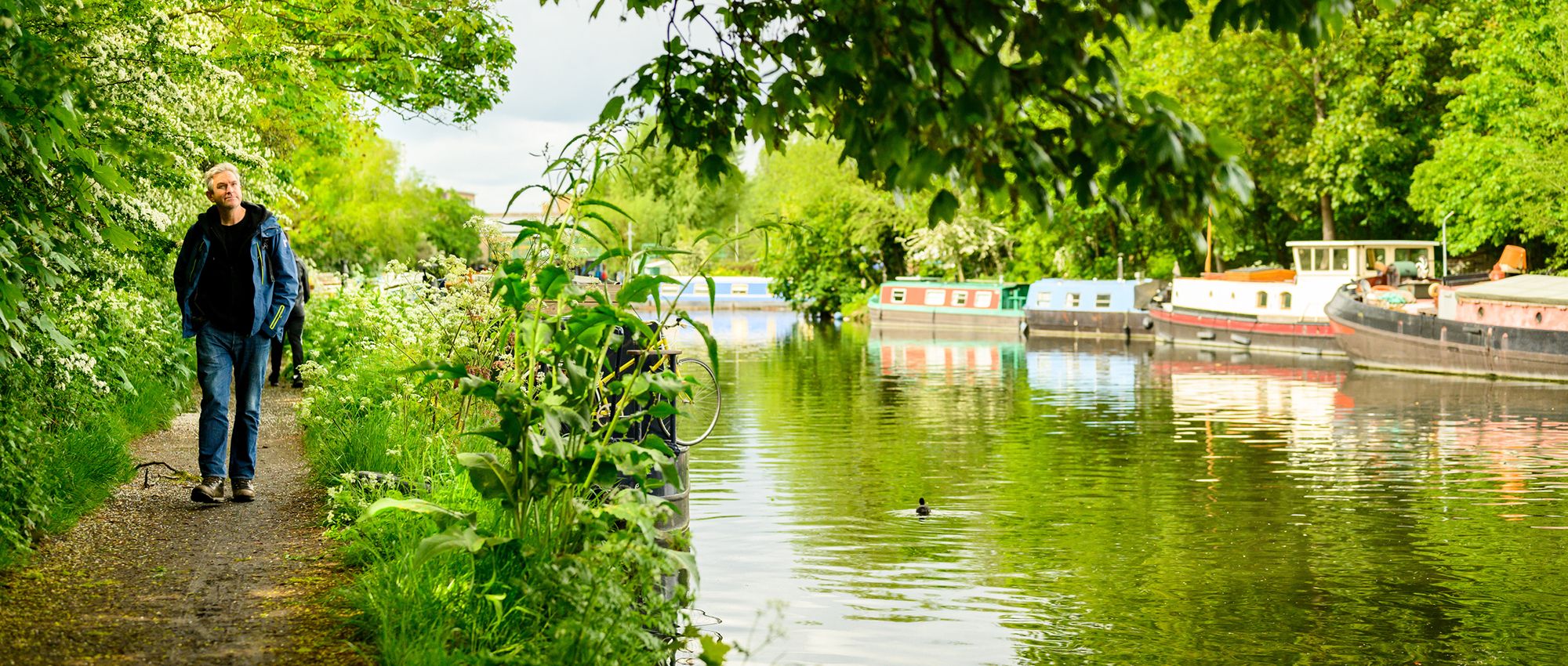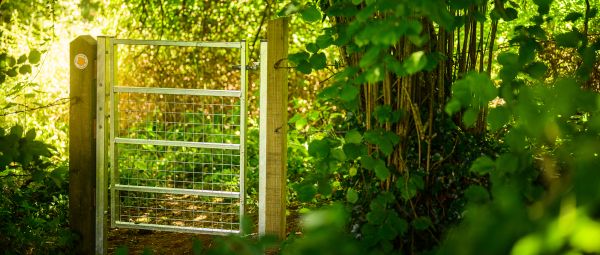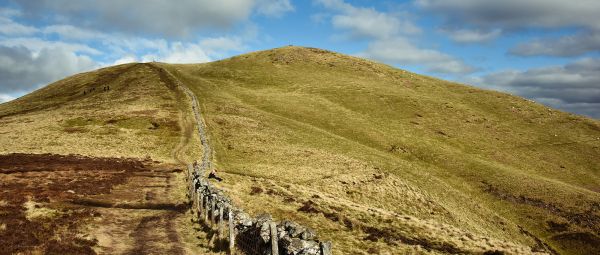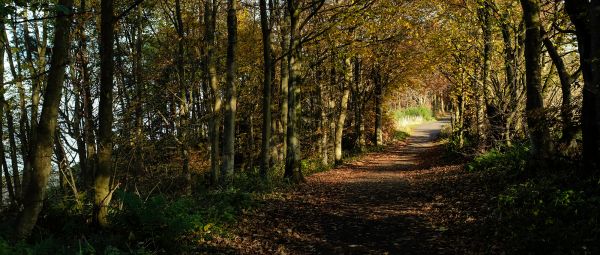Problems on paths with no public right of way
How to deal with issues when there is no legal duty for the local authority to intervene

Advice relevant to England and Wales only. Find information about access rights in Scotland.
Not all paths are public rights of way
In England and Wales, we enjoy a world-renowned network of paths, tracks and trails that connects every village, town and city, and reaches into every corner of the countryside. Most of this network is made up of public footpaths, bridleways and byways on which we all have a right to walk.
However, there are many other types of paths which have no public right of way. Problems such as obstructions, surface erosion and intimidation can still arise but as they are not public rights of way there’s no legal duty for the local authority to intervene.
Canal and river towpaths
Canal and river towpaths are not always public rights of way. This is because the towpath was created with the canal to allow horses to tow barges on the waterway. Legally they are part of the canal or river itself and not a highway at all.
Most of the canal and navigable river courses in England and Wales are owned and operated by the Canal and River Trust. Others might be owned by a local heritage trust or even private owners. Usually there will be signs on the towpath itself indicating who owns and maintains the canal.
If you have a problem on a canal or river towpath, contact the owner of the towpath in the first instance.
Permissive paths
Permissive paths are those that do not legally carry public rights of access. We are able to use them because the landowner has chosen to grant access to the public.
Unfortunately if the landowner chooses to withdraw permission there is nothing that can legally be done to force the landowner to change their mind.
The best course of action is to try to reason with the landowner. Parish and community councils may be able to intervene on your behalf.
National Trails and Long-Distance paths
National Trails and other long distance named routes are usually made up of a mixture of public rights of way, roadside pavements and permissive paths. Organisations and groups who map out long distance routes enter into agreements with landowners over for permissive access for the route.
When following a long-distance route if you encounter a problem you need to establish whether it is on a public right of way. You can do this by following our advice on dealing with issues on public rights of way.
However, if a problem arises on a part of the route which is on a permissive path, you should contact the organisation who created the route. They can discuss the problem with the landowner. They may be able to resolve the issue or amend the route.
Useful Information

Dealing with problems on public paths
The Ramblers guide to reporting problems on public rights of way in England and Wales. Who is responsible, how to contact them and what to expect.

Trespass
If you walk on private land without permission to do so you may be trespassing. Read our guide to yours and the landowner’s rights.

Claiming unrecorded public rights of way
Unrecorded paths are vulnerable to development and unresolved problems. It is important they are claimed and get the protection they are entitled to.